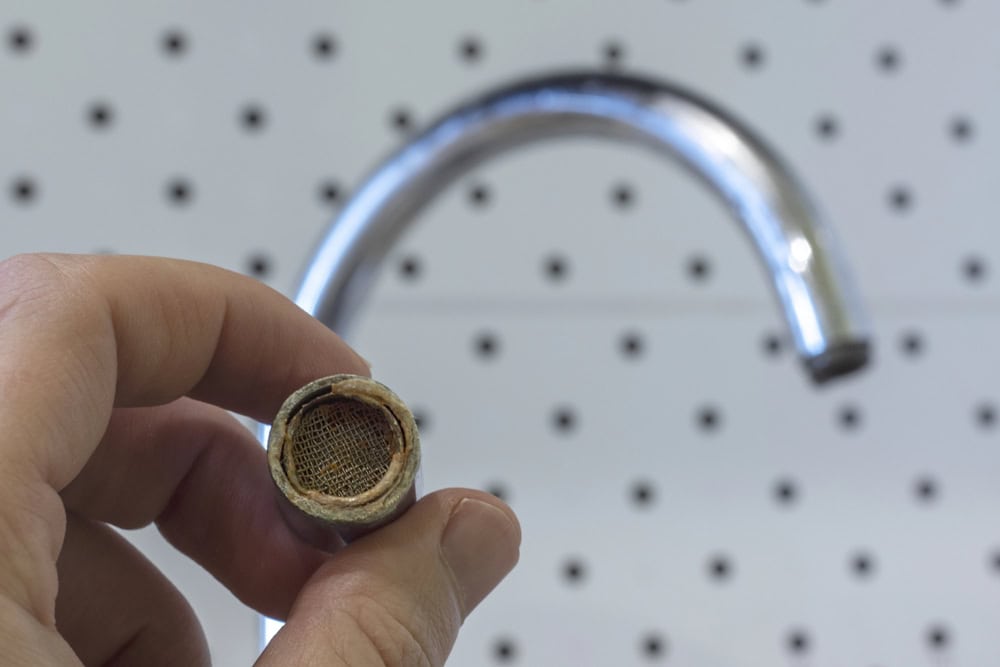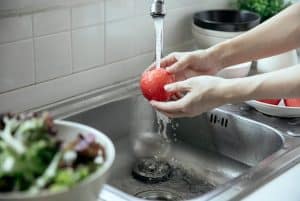Dealing with plumbing issues can be quite a headache. One of the most common problems homeowners face is a blocked tap.
Whether it’s the kitchen sink or the bathroom faucet, understanding how to identify and address this issue is crucial. This article guides you through recognizing the signs of a blockage and offers practical solutions for fixing it.
Recognizing the Signs of a Blocked Tap
Identifying a blocked tap is not rocket science, but it does require some observation. The first and most obvious sign is a reduced water flow.
If you notice that water dribbles instead of flows freely, it’s time to investigate further. Strange noises, like gurgling or sputtering, occurring when you turn on the faucet can also indicate a blockage.
Another telltale sign is the presence of strange smells. If the tap emits an unpleasant odor, it may be due to stagnant water or bacteria buildup caused by a blockage.
Watch for water pooling around the base of the tap, which can indicate a blockage in the drain or a problem with the faucet itself. Keeping an eye on these symptoms can save you time and hassle down the line.
Understanding the Causes of Blockages

Blockages can stem from a variety of sources. Mineral buildup is a common culprit, especially in areas with hard water. Over time, minerals like calcium and magnesium deposit in the faucet aerator, restricting water flow.
Food particles, grease, or hair can also contribute to clogs, particularly in kitchen taps or bathroom sinks.
In some cases, the blockage may not be at the tap itself but rather further down the plumbing system. Old pipes may have accumulated debris or developed rust, leading to restrictions in water flow.
Understanding these potential causes helps you to address the problem more effectively.
Tools You’ll Need
Before diving into the repair process, gather a few essential tools. You’ll need a wrench to unscrew parts, a bucket to catch any excess water, and possibly a pair of pliers for gripping slippery items.
A small brush, like an old toothbrush, can be handy for cleaning small parts, while a cloth will help with drying and polishing surfaces.
If you suspect mineral buildup, consider having descaling solution on hand. This can help dissolve those stubborn deposits. Having these tools ready will streamline the repair process and make it less frustrating.
Step-by-Step Diagnosis and Repair
Turn Off the Water Supply
Before you begin, turn off the water supply to the tap. Most taps will have a shut-off valve underneath. Turn it clockwise to stop the water flow.
If you’re unsure which valve controls the faucet, turning off the main water supply for the house is a safe bet. This prevents any unexpected surprises while you’re working.
Remove the Aerator
The aerator is often the first place to check for clogs. Unscrew it from the end of the tap with your hands or a wrench if it’s tight. Inspect it for any visible buildup or blockage.
If you see debris, soak the aerator in vinegar for a few hours to help dissolve the minerals. Rinse it thoroughly before reattaching.
Check the Faucet Cartridge
If the aerator isn’t the problem, the next step is to examine the faucet cartridge. This component controls the flow of water. To access it, you may need to remove the handle.
Look for screws or a small cap that’s hiding them. After removing the handle, take out the cartridge according to the manufacturer’s instructions.
Clean the cartridge with warm, soapy water. If it shows signs of wear or damage, replacing it may be necessary. Ensure you have the correct replacement part, which you can find at most hardware stores.
Inspect the Supply Lines
Once the cartridge is out, check the supply lines for blockages. These lines can accumulate debris over time, restricting water flow.
You can inspect them visually and gently shake them to listen for any loose parts or sounds of blockage. If they appear dirty, consider flushing them out with water.
Reassemble and Test
After cleaning and checking all components, reassemble the tap. Start by putting the cartridge back in place, followed by the handle. Finally, screw the aerator back on.
Turn the water supply back on and test the faucet. If the flow has improved, congratulations! If not, further investigation may be needed.
Dealing with Persistent Issues
If you’ve followed the steps above and the blockage persists, it might be time to call in a professional.
Sometimes, blockages can be further down the plumbing system, and attempting to fix them without the right tools or knowledge can lead to more significant problems.
A plumber has the expertise to handle more complex issues, such as blockages caused by damaged pipes or deeper clogs that aren’t accessible through standard methods.
While it may feel like a step back, enlisting professional help can save you time and money in the long run. For those in Paddington, Paddington’s reliable plumbing team is ready to step in and ensure the issue is resolved efficiently.
Preventative Measures
Prevention is always better than cure, especially regarding plumbing. Regular cleaning of your taps and drains can go a long way. For kitchen sinks, be cautious with what you allow to go down the drain.
Using a strainer can catch food particles and grease, preventing them from causing blockages.
Consider using descaling solutions periodically to prevent mineral buildup. For bathroom taps, regular checks can help catch any minor issues before they escalate into more significant problems.
Remember, a little maintenance can save you a mountain of trouble later on.
Knowing When to Replace
In some cases, a tap may be beyond repair. If you’ve continually faced blockages or noticed leaks, it might be time to replace the whole unit.
An outdated or damaged tap can lead to inefficient water use and higher bills, not to mention the aggravation of constant repairs.
Choosing the right replacement is essential. Look for quality materials and consider water-efficient models that can save you money on your water bill.
Investing in a reliable faucet means fewer headaches down the road, keeping the flow steady in your home.




